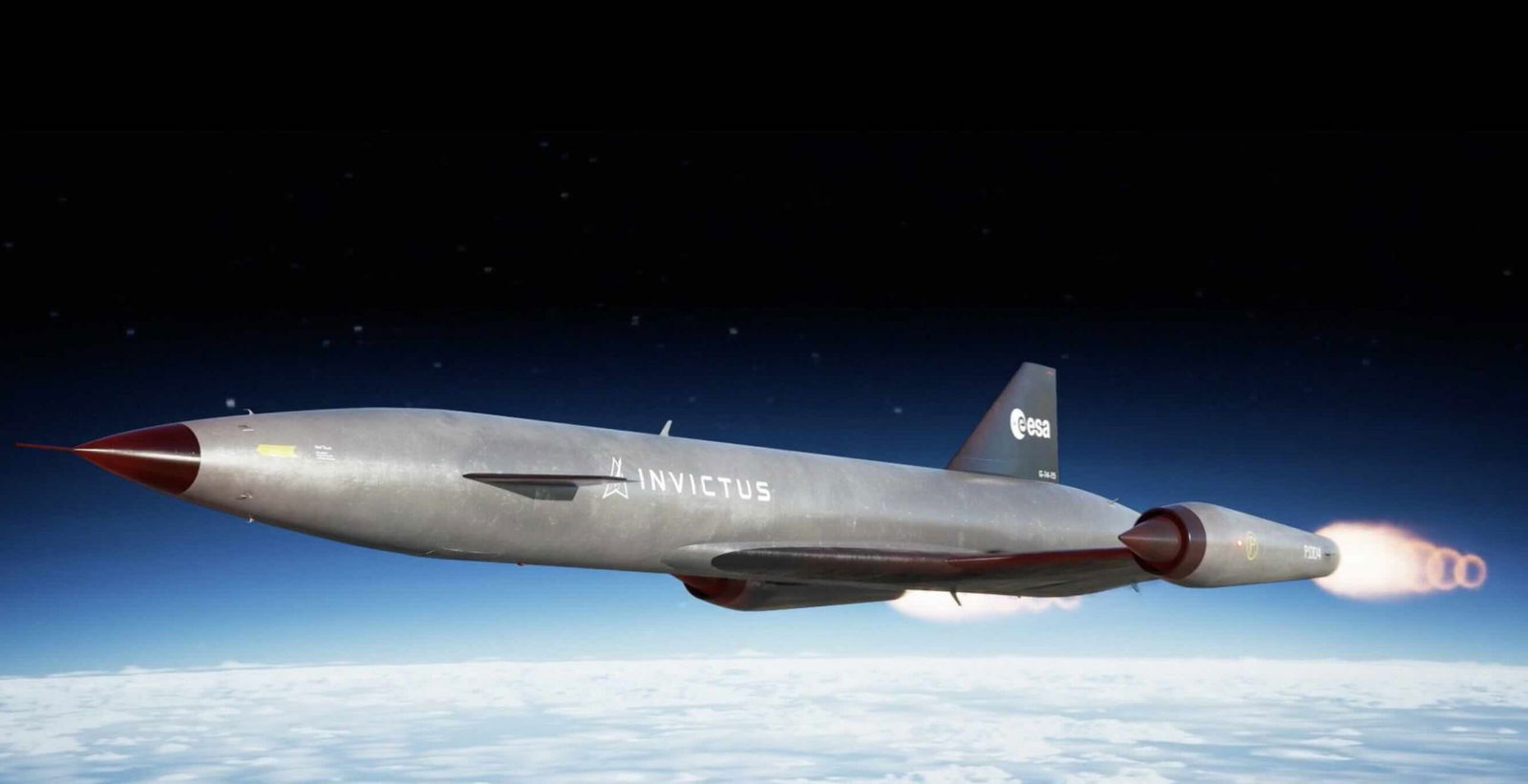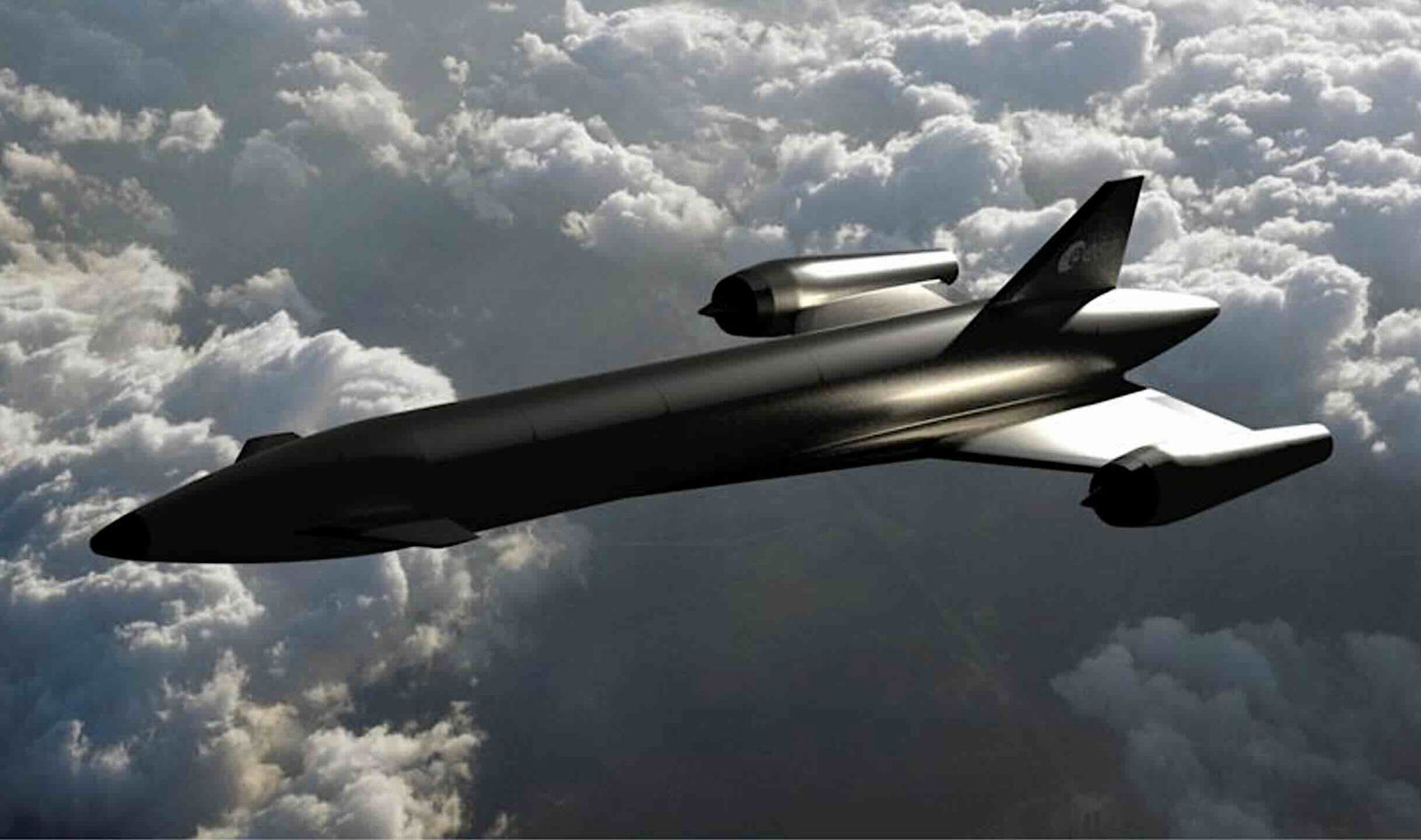A new European aerospace initiative has entered the race to develop reusable hypersonic flight technology, poised to set the pace for near-future space access and high-speed atmospheric travel.
INVICTUS, a European Space Agency (ESA) research program in collaboration with the British sports car company Frazer-Nash, aims to develop a new fully reusable aerospace vehicle designed for horizontal takeoff and sustained flight speeds reaching Mach 5.
The new program, backed by the ESA’s General Support Technology Programme and Technology Development Element, focuses on demonstrating several key elements of hypersonic flight, including advanced propulsion systems and the development of new high-temperature materials, while also offering a testbed for Europe’s next-generation advanced aerospace innovations.
Enter INVICTUS
At the heart of the INVICTUS program is the development of an experimental aircraft platform capable of flight at five times the speed of sound, while also withstanding the incredible temperatures it will face due to atmospheric friction and shock heating such flight produces.
Building on past ESA-managed programs and technologies, INVICTUS offers a reusable test vehicle capable of upgrades across multiple flight campaigns, which will give engineers the benefit of trial periods for testing new materials, advanced propulsion systems, and software technologies under realistic flight conditions.
 Artist’s concept depicting the INVICTUS program’s spaceplane approaching space (Credit: Frazer-Nash).
Artist’s concept depicting the INVICTUS program’s spaceplane approaching space (Credit: Frazer-Nash).
High Temperatures at Hypersonic Speeds
A primary technological challenge the program currently faces is overcoming problems resulting from the heat generated during hypersonic travel through the atmosphere.
One approach INVICTUS engineers are implementing involves the development of a new precooled, hydrogen-fueled air-breathing propulsion system.
This system “will provide an invaluable opportunity to test the complete engine flow path, from intake to afterburner, at full scale in an integrated aircraft,” said David Perigo, ESA’s chemical propulsion engineer and technical lead for the project. Perigo and the INVICTUS team believe that such an approach will enable the vehicle to operate more efficiently at high speeds, while also allowing them to demonstrate the full flow path of the engine—from intake to afterburner—at full scale.
A Novel Propulsion System
The propulsion system behind INVICTUS incorporates innovative heat-exchanging technologies that can chill incoming superheated air in just milliseconds. This critical capability is based on precooler technology originally developed by UK-based Reaction Engines Ltd under the ESA’s Synergetic Air-Breathing Rocket Engine (SABRE) study.
With its rapid-cooling capabilities, the engines driving INVICTUS will be adaptable to a much broader range of flight speeds. The ESA states that it has already conducted tests demonstrating SABRE’s integration with conventional jet engines, serving as validation of this approach.
In the longer term, the novel propulsion capabilities the INVICTUS program aims to introduce will help pave the way for future spaceplanes capable of direct-to-space flight, beginning with horizontal takeoff from a runway and ultimately reaching orbit without requiring vertical launch systems, which are typically used by most spacecraft.
Such a horizontal launch spaceplane would fundamentally change the way payloads and passengers are carried to space and will likely also usher in a range of new applications in the defense, mobility, and commercial sectors.
Next Steps
“We have all the right ingredients to make this ambitious vision a reality,” said Sarah Wilkes, Managing Director of Frazer-Nash, which leads the INVICTUS consortium alongside Spirit AeroSystems and Cranfield University. Wilkes emphasized her company’s decade of experience in developing propulsion technologies and highlighted the technology’s unique dual-use potential.
Throughout the next twelve months, the INVICTUS team’s aim will be to deliver a preliminary design of its flight system, for which early imagery was recently revealed by Frazer-Nash in a computer-generated artist’s concept video showcasing its flight capabilities.
With the development of its new flight system, INVICTUS will lay the groundwork for what is likely to become Europe’s new premier platform for reusable hypersonic testing.
“Hypersonic flight is not just the next frontier of aerospace—it is the gateway to a new paradigm of mobility, defence, and space access,” said Dr. Tommaso Ghidini, Head of ESA’s Mechanical Department, in a statement.
“With INVICTUS, Europe is seizing the opportunity to lead in technologies that will redefine how we move across the planet and reach beyond it.”
Micah Hanks is the Editor-in-Chief and Co-Founder of The Debrief. He can be reached by email at micah@thedebrief.org. Follow his work at micahhanks.com and on X: @MicahHanks.


